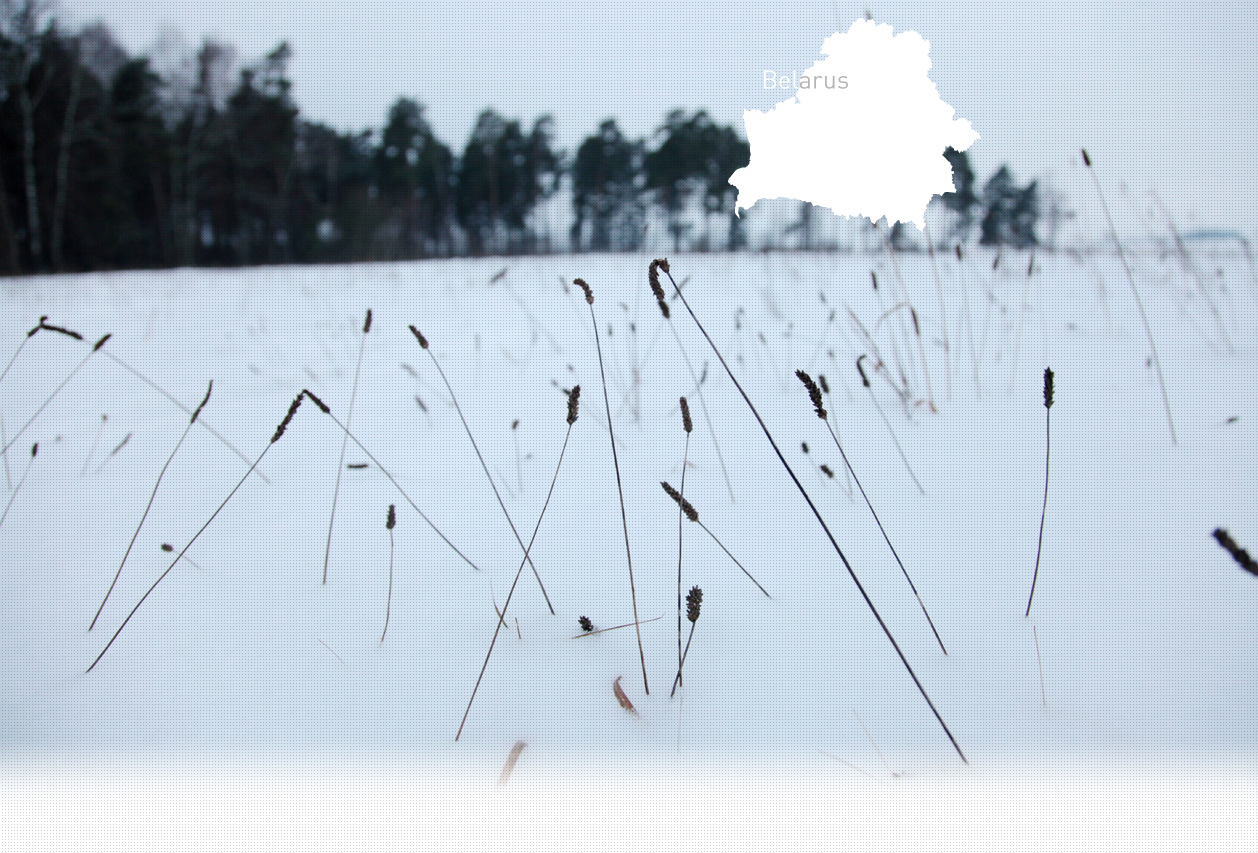

2 Killing site(s)
Lyubov P., born in 1930: “The Jews were locked up in the homes of the nail factory workers. There was barbed wire around the territory. They stayed there around two weeks. There was also a big yard in the middle of these buildings where a large, deep trench had been dug. One dark day in autumn, I heard terrible screaming. Along with my friend, I climbed to the top of a barn to see what was happening. The Jews were being violently chased out of the houses. They were being led to the trench, and were forced to get down into it one by one. A local policemen then shot them with a rifle from the edge of the pit. The Germans were also there.” (Eyewitness N°817, interviewed in Rechitsa on June 22, 2014).
“A week and a half after the arrival of the German troops in Rechitsa, the German authorities summoned the Jew Malinkovich and gave him the order to conduct a census of the Jewish population of the city and to sew onto every Jew’s sleeve two yellow stars with five points. He was also told to write down all the names on lists for the German authorities. At the end of November 1941, the entire Jewish population of Rechitsa was assembled in the building of a district factory, surrounded with barbed wire. Approximately 785 families were imprisoned in this building, a little over 3000 people. The German commander of the city, recently appointed, arrived and declared: "I shall not take up my post until all the Jews and communists have been shot.” [Testimony of Ekaterina M. born in 1926, for The Soviet Extraordinary State Commission, RG- 22.002M. 7021-85- 217]
Rechitsa is a city located 60 km southwest of Gomel. It was and still is a district center. In 1939, according to the census, there were 7,237 Jews living in the city, making up more than 27% of the total population. There was a big synagogue and a large Jewish cemetery. Before the German arrival in the middle of August 1941, nearly 4000 Jews were evacuated by the authorities, by rail, by road, or by boat on the Dniepr River.
During the first months of the German occupation, the Jews were able to continue living freely in their homes. In September 1941, 216 young Jewish men were registered as having been shot by Sonderkommando 7b. At the end of November 1941, the remaining Jews were gathered in the building of the nail factory, on the corner of Frunze and Sovetskaya streets. The ghetto territory was surrounded with barbed wire. But according to eyewitnesses interviewed by Yahad, the Jews were sometimes able to leave the ghetto and circulate in the city. POWs, communists, and activists were also interned in the ghetto.
Around 300 ghetto prisoners were taken away on trucks and shot on November 25, 1941, in a forest to the west of the city, near the hospital. The last prisoners, mainly women, children and old people, were shot shortly thereafter in a trench dug by the Jews themselves near the factory building. The Jews had to descend into the pit by a ladder, before being shot. The operation was carried out by local policemen and German soldiers, but according to testimonies recorded by Yahad, the policemen were the principal shooters. In 1946, the bodies were exhumed and reburied in the Jewish cemetery.
Do you have additional information regarding a village that you would like to share with Yahad ?
Please contact us at contact@yahadinunum.org
or by calling Yahad – In Unum at +33 (0) 1 53 20 13 17